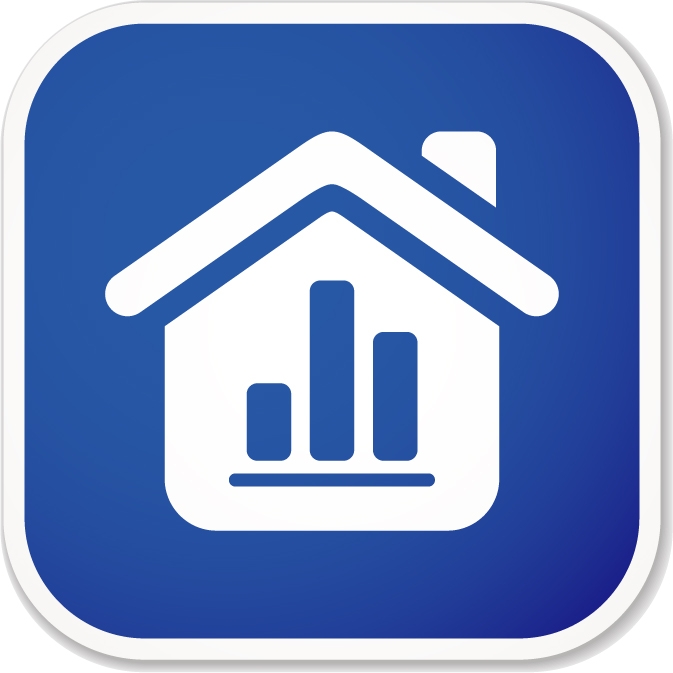What’s the difference?
 There are several stages of the Canadian mortgage rate approval procedure when you apply for a mortgage. It is essential to understand what they are and what they really mean.
There are several stages of the Canadian mortgage rate approval procedure when you apply for a mortgage. It is essential to understand what they are and what they really mean.
What is Pre-Qualification?
This is the initial step of the low mortgage rate approval process wherein your mortgage broker takes a look at your overall earnings and financial obligation. The broker will determine your affordability by taking a look at your debt ratios (Gross Debt Service GDS and Total Debt Service (TDS)).
There are going to be a variety of conditions that you will need to meet in the pre-qualification before it is fully approved.
What is Pre-Approval?
Once accomplished, the mortgage broker will send your application to a lender who confirms your information with a certificate of approval. This generally includes a Canadian mortgage rate guarantee, which is typically valid for 60 and 120 days. You must comply with all the terms and conditions prior to approval.
What is Approval?
You have been fully approved for the mortgage at the best mortgage rate detailed in the agreement.
Advantages of a Mortgage Pre-Approval
A mortgage pre-approval enables you to lock in an interest rate. It offers additional security in understanding that you satisfy the initial financing requirements. It also enables any seller to understand that you are a serious buyer.
Most importantly, you understand clearly what you are able to purchase when you are buying a home.
Documents Required for a Pre-Approval
- Personal identification
- Income information
- Bank accounts
- Loans and other financial obligations
- Proof of financial assets
- Confirmation of the deposit and funds to pay for the closing cost
Each and every house hunt begins with a mortgage pre-approval. Start your quick online application today.



